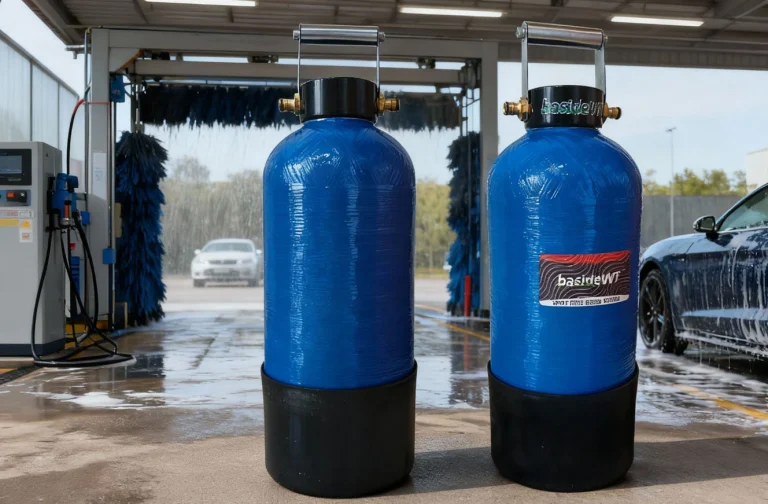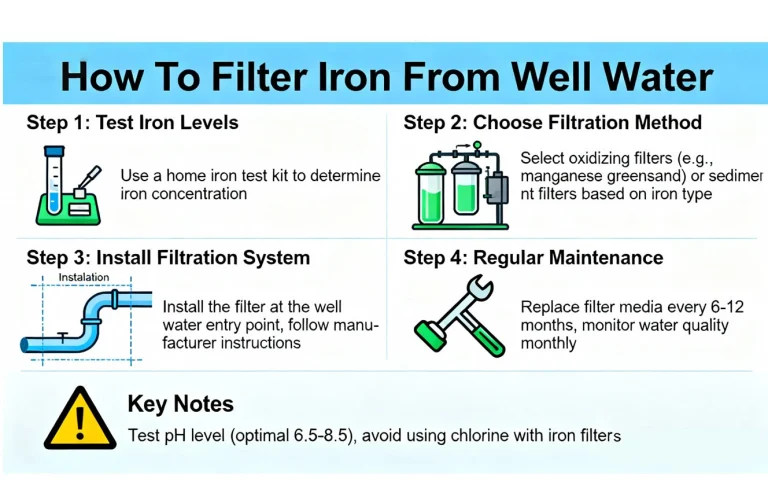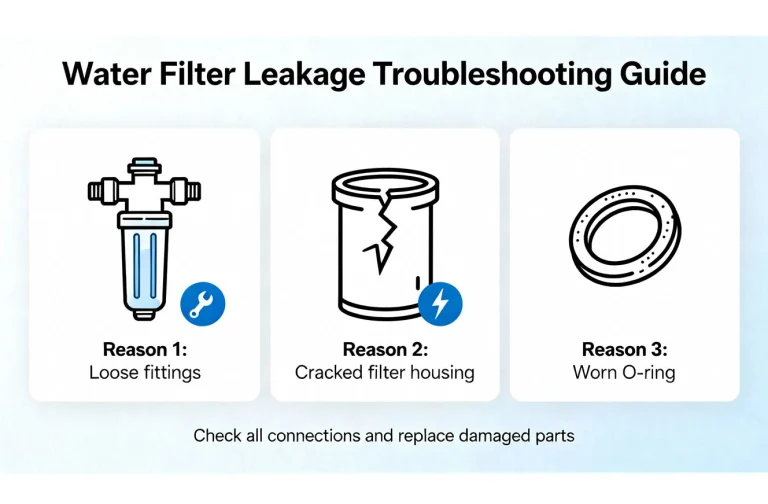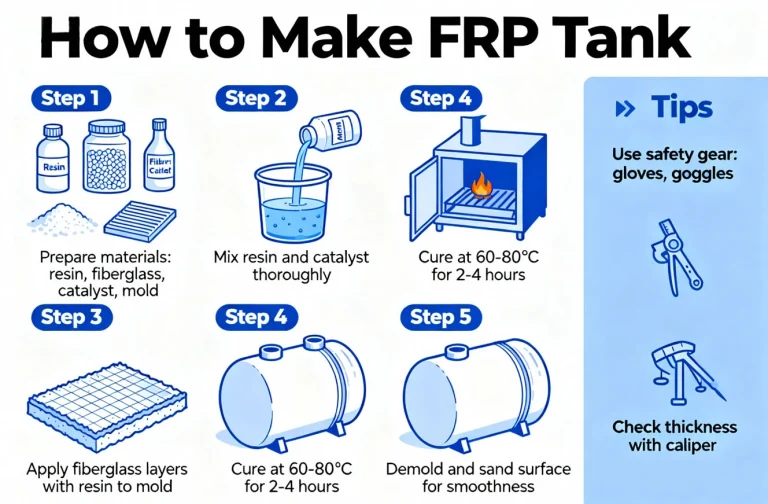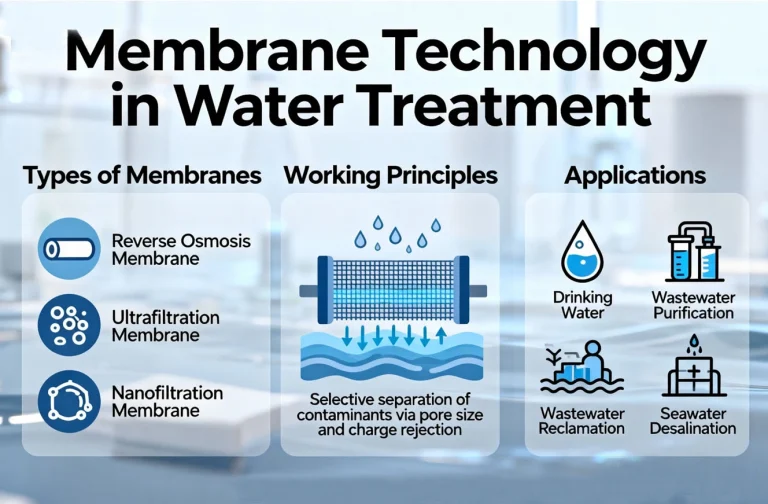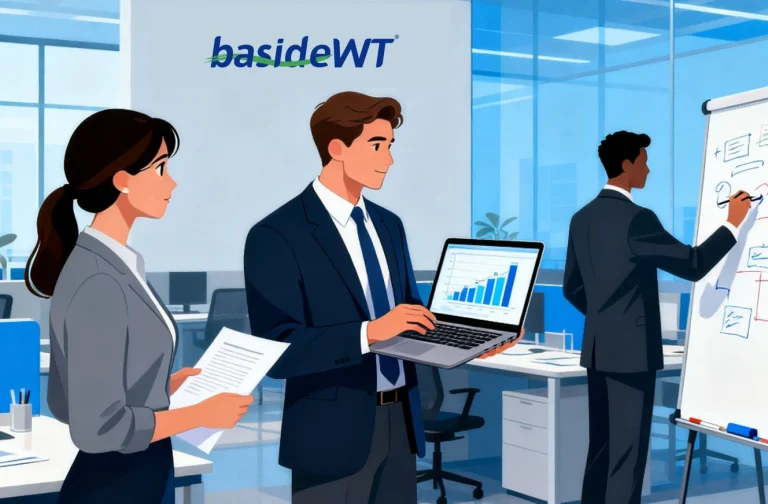BasideWT- Whole Home Water Filtration System & Replacement

How Much Does a Reverse Osmosis System Cost
Understanding Reverse Osmosis Systems
Reverse osmosis (RO) systems are commonly used for water filtration, offering clean, purified drinking water. Many factors influence the cost of these systems, such as size, brand, and additional features. This article will explore the key components that determine the cost of a reverse osmosis system, helping you make an informed decision when purchasing one.
Factors Influencing the Cost of a Reverse Osmosis System
System Type and Size
One of the main factors that affect the cost of a reverse osmosis system is its type and size. Smaller, under-sink units are usually more affordable than large, whole-house systems. The system’s capacity, typically measured in gallons per day (GPD), will also impact the price. Larger systems, designed for bigger households or commercial use, come with a higher price tag.
Brand and Quality
Not all reverse osmosis systems are created equal. Established brands that offer high-quality filtration materials and advanced technologies will often charge more. However, these systems typically last longer and provide better filtration, making them a more valuable long-term investment.
Additional Features
Some reverse osmosis systems come with extra features such as remineralization filters, UV sterilization, or advanced filtration stages. These added functionalities can increase the overall price but may also enhance water quality and system performance. It’s important to weigh the benefits of these features against their additional cost.
How Much Does a Reverse Osmosis System Cost?
Entry-Level RO Systems
Entry-level systems, suitable for small households or apartments, typically range from $150 to $400. These systems usually provide basic filtration and may only include a 3- or 4-stage filtration process. While they are affordable, they may not have the capacity or advanced features found in higher-end models.
Mid-Range Systems
Mid-range reverse osmosis systems, priced between $400 and $700, often offer better filtration performance and come with additional features. These systems may include 5-stage filtration or enhanced filtration materials, providing higher quality water. They are ideal for medium to large-sized households.
High-End RO Systems
For large households or commercial use, high-end reverse osmosis systems can cost anywhere from $700 to $1,500 or more. These systems are built to handle high volumes of water, with advanced features like UV sterilization, multi-stage filtration, and even customizable settings. These systems are designed to provide the highest quality water and long-term durability.
Hidden Costs and Maintenance Fees
Filter Replacement
The cost of maintaining a reverse osmosis system often includes replacing the filters. Most systems require filter changes every 6 to 12 months, with prices ranging from $30 to $100 per filter set. Neglecting to change filters regularly can decrease system performance and water quality.
Installation Fees
While some reverse osmosis systems are easy to install on your own, others may require professional installation. Installation costs typically range from $100 to $300, depending on the complexity of the system and the labor costs in your area. It’s important to factor in installation fees when budgeting for a new system.
Ongoing Maintenance Costs
In addition to filter replacement and installation, you may need to budget for other maintenance costs, such as membrane replacement. Reverse osmosis membranes typically last 2-3 years, and replacing them can cost between $100 and $300.
Comparing RO System Prices: Are Higher Costs Worth It?
Performance vs. Price
Higher-priced reverse osmosis systems often provide better filtration, longer durability, and more advanced features. However, the price difference may not always justify the added benefits for smaller households with basic filtration needs. It’s essential to assess your water quality and consumption requirements before opting for a high-end system.
Longevity and Warranty
One factor that justifies the higher cost of premium reverse osmosis systems is their longevity. Many high-end systems come with extended warranties of up to 5 years or more, ensuring peace of mind in case something goes wrong. Cheaper systems may offer shorter warranties or lack customer support, which could be costly in the long run.


